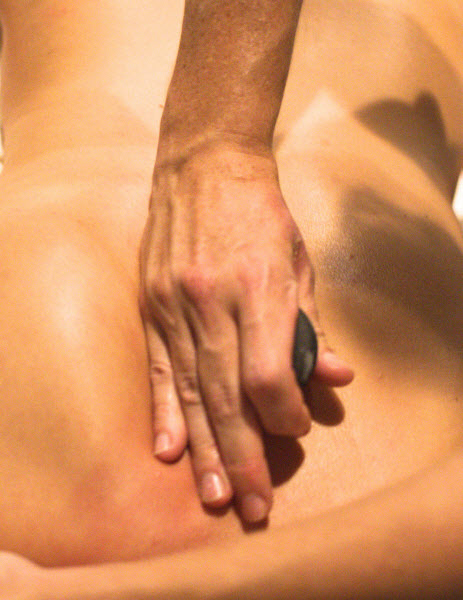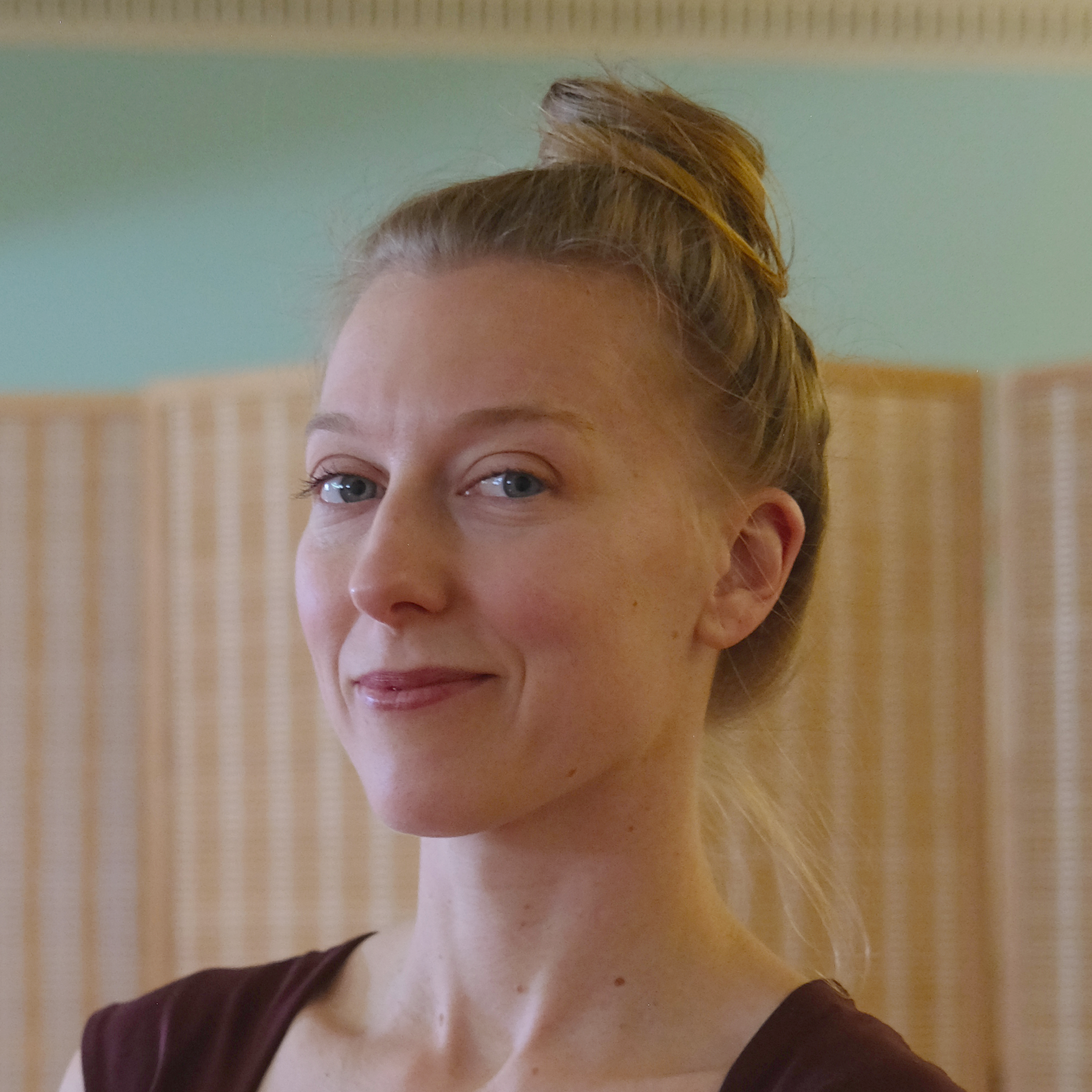Types of bodywork services
Ku Nye Tibetan massage 60 min - $135 w/ Betty Riaz
Ku Nye Tibetan massage 75 min - $150 w/ Betty Riaz
Ku Nye Tibetan massage 90 min - $175 w/ Betty Riaz
Ku Nye Fire Cupping/ 30 min - $75 w/ Betty Riaz
Kunye means massage therapy when translated from Tibetan to English.
What makes Ku Nye Tibetan
massage different from regular massage This special form of massage
comes from a larger body of healing practices that are part of the
external therapies found in The four Tantras of Tibetan Medicine.
The various possible forms the kunye treatments
can take can includes oil application massage similar to Swedish
Massage with effleurage and relaxing strokes, treating crucial points in
a manor similar to acupressure during the massage, applying medicinal
oils, hot stones, and massages. Acupressure points are often employed
during the massage to work on the nervous system and organ levels. Each
treatment is unique and geared towards the individual body. There are
specific strokes and movements designed to open the channels, increase
energy flow and vitality. Many of the feet and hand points are similar
to reflexology. Tibetan Massage also incorporates work on the cranium to
release the jaw, head and neck tension as well as the release of the
spine and vital fluids circulating throughout the body.
Kunye Therapy has several purposes from a
Tibetan health care standpoint. The first is to soothe and relax
tensions, relieve stress, insomnia, depression, nervous system
dysfunctions and bring balance to the internal elements of the body. The
second function is more therapeutic and geared for specific individual
disorders. It has great therapeutic value to relieve a variety of
ailments in a soft and non-invasive manor.

Tui Na with Joe Lucier
60 min $135
What is Tui Na Asian Bodywork?
- Tui Na is an Asian bodywork therapy that has been practiced for thousands of years due to its effectiveness and success. It is a hands-on medicine with a targeted focus that is easy to use and apply for conditions ranging from pain and muscle tension, spinal muscle release, increasing blood flow, reducing stress, and opening blockages along the spine.
What is the Advanced Tam Healing System?
- To bring this bodywork to the next level, we utilize these Tui Na techniques in conjunction with a modern, targeted healing approach, the Tam Healing System that focuses on traditional Chinese Medicine, coupled with Biolectricity, as well as Western Anatomy and Physiology.
- The Tam System focuses on clearing a blockage in the nervous system to unleash the body's abundant resources and to re-establish the brain-wound connection for optimal healing. The Tam Healing System is now used worldwide, including by acupuncturists, doctors, Tong Ren distance Practitioners, and various types of bodyworkers. It employs a highly targeted approach that can be tailored to focus on specific glands, organs, and system-wide conditions.
More about Joe
Joseph Lucier AOBTA (American Organization of Body Therapies of Asia) is a long-time student of Asia, having a degree in Chinese Studies from Boston College, Boston, Massachusetts, USA, focusing on, Chinese Art, History, Language, and Philosophy, as well as the Dao, Buddhism, Healing Arts and Martial Arts.
Shortly after graduating, he lived in Asia for over 15 years, pursuing his work as a Chinese translator, computer programmer, and student of martial arts.
After returning to the United States, Joe studied and worked in software engineering and later transitioned from engineering to the healing arts and started his healing practice, the Anusara Path to Wellness, integrating Chinese Medicine, plant-based nutrition, yoga, light therapies, and herbs.
Here are some highlights:
- Asian Bodywork Tuina Therapist (AOBTA)
- 9-time Author, Titles including Avocados, Nutrition, Bioelectricity, Anatomy, and Quantum Biology
- Herbalist and Earthen Clay Therapist
- Advanced Cleanse and Detox Program Coach
- Tong Ren Long Distance Healing Practitioner
- Light and Heat Therapy Practitioner
- Plant-Based Nutrition Coach
- International Educator
Book Direct with Joe
Structural Integration Therapy with Agatha
60 min $125
90 min $170
Structural Therapy helps release muscle restrictions, specifically chronic pain. It is a form of alternative medicine which is typically delivered as a series of ten hands on physical manipulation sessions. Practitioners combine superficial and deep manual therapy with movement prompts.
Agatha's Bio

Intuitive & energetically sensitive - I blend my engineering mind with my love for the art of massage. While the biomedical engineer in me is curious about the texture of your tissues and the structures of your form; the artist in me delights in sculpting the lines of pull holding your unique body together. I would love to work with you to:
- Complement your training & recovery
- Resolve sources of chronic pain or discomfort
- Unwind postural patterns forged by repeated use or emotional holding
I am an eternal student; my grandmother taught me that knowledge is power. I believe in each individual’s ability to take health into their own hands and will gladly talk with you about what I sense may be going on beneath the surface.
Book Now with Agatha
Text or Call her at 1.865.771.6587